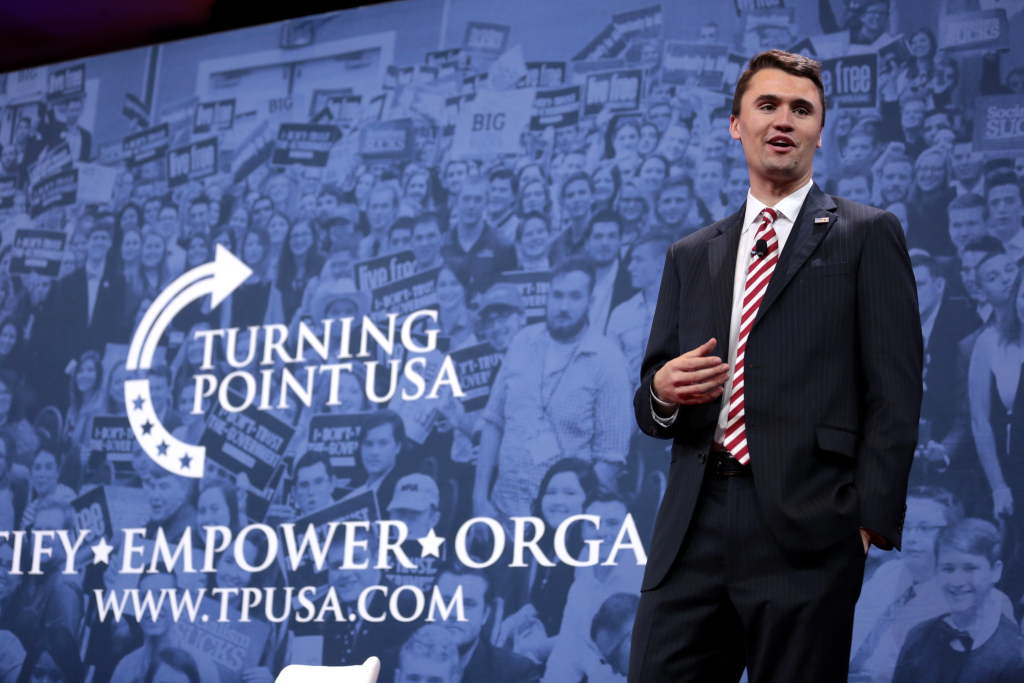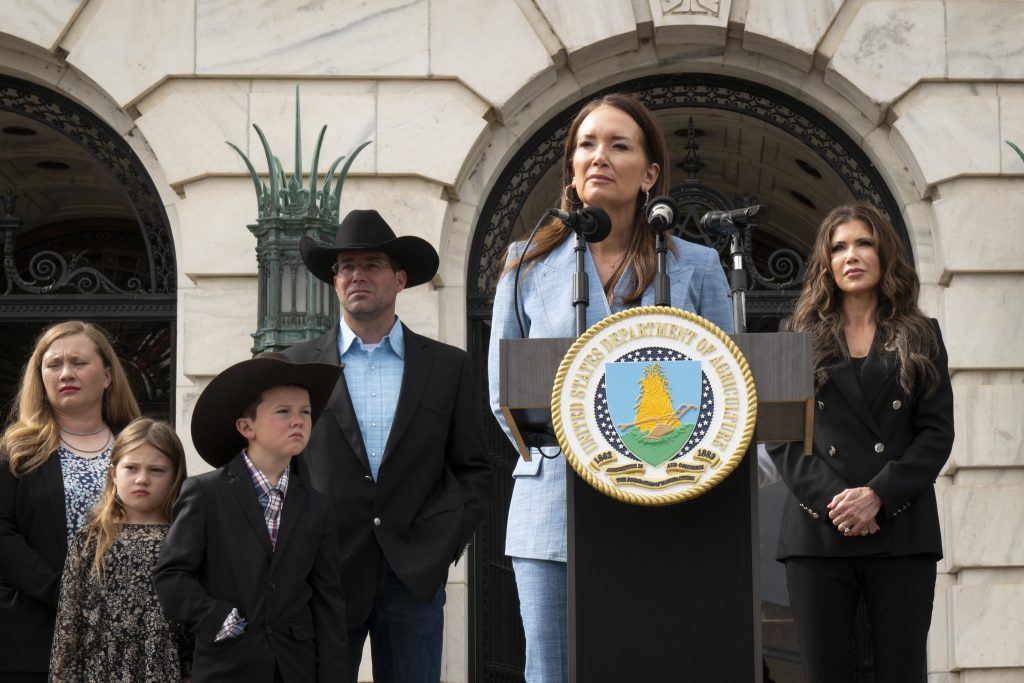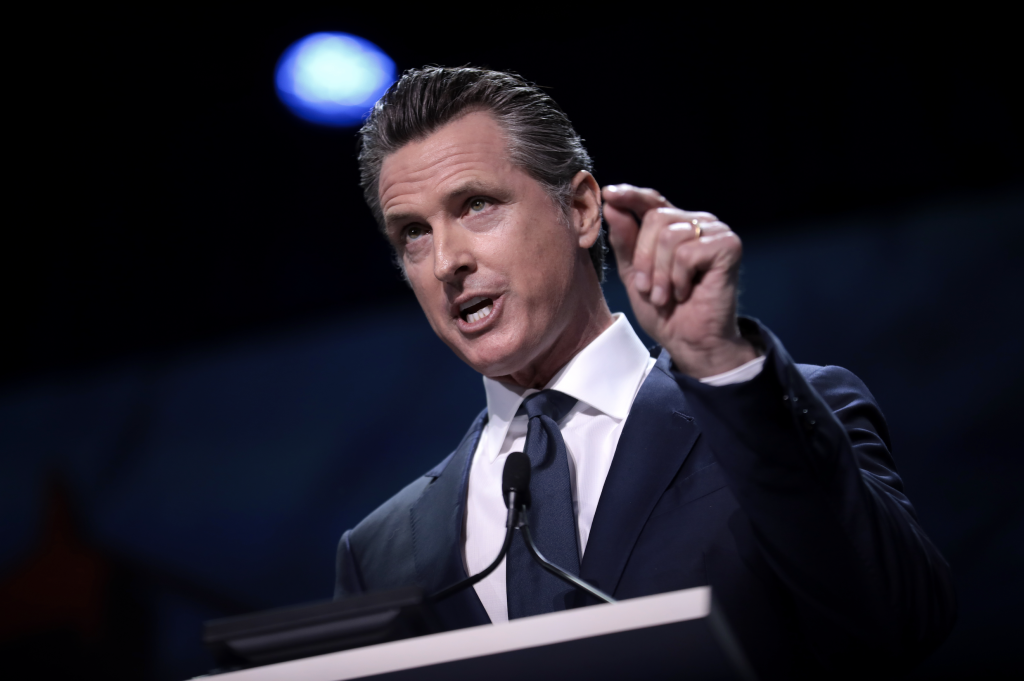White House’s full-bore approach spreads to state redistricting efforts
Articles / Elections / Politics & Policy White House’s full-bore approach spreads to state redistricting efforts The efforts by states to redraw congressional district lines came to a head this summer during Texas’ fight that could result in five blue-leaning seats turning red. By: President Donald Trump’s aggressive governing style has made its way into state legislatures as they navigate the challenges of redistricting in their own states. Indiana is the latest state to examine its U.S. congressional district lines, aided by both Trump and Vice President JD Vance. As the battle over congressional districts is spreading across the country, red states like Indiana are looking at the way blue states have gerrymandered and believe they are not playing the same game with the same rules. “The rules are laid out a certain way, and we play by the rules. It works if all the other teams are playing by the same rules,” but if not, it’s an uneven playing field, according to Indiana Lieutenant Governor Micah Beckwith. “States like Massachusetts are a good parallel to Indiana, because we’re about the same population. We both have nine congressional seats. They’ve got about 30% Republican out in Massachusetts. We have about 30% Democrats here in Indiana, but Massachusetts has zero Republican representatives out there,” Beckwith told Furthermore with Amanda Head Podcast. “States like Illinois, California and Massachusetts are stealing our votes in Washington. I wish we could play fair, but they’re the ones who are not. So until we fight back, we’re never going to be able to have our fair voice represented in Washington.” Throughout Trump’s campaigning last year and his second term thus far, his aggressive maneuvering has enabled a number of successes, like the One Big Beautiful Bill Act and sweeping deportation efforts. That level of savagery seems to be evident in the results Beckwith hopes to see in his own state. “We have seven Republicans and two Democrats and we’re going for nine-zero,” Beckwith told Furthermore with Amanda Head Podcast. Indiana’s current congressional map contains seven Republican districts and two Democratic districts. District one, represented by Democrat Rep. Frank Mrvan, is in the northwest corner of the state, miles from Chicago’s city center. District seven in the middle of the state, surrounding Indianapolis, is also represented by a Democrat, Rep. André Carson. In October, Vance traveled to Indianapolis to privately encourage Indiana Republican legislators to support the redistricting efforts, which would inevitably add more safe GOP seats before the 2026 elections. Joined by Senator Jim Banks, R-Ind., Vance pressed the case alongside Trump, who made conference calls with Republican legislators in the state. The fight is ongoing, according to Beckwith. He told Just The News that supporters of the effort have managed to whip 21 or 22 votes, but that’s a few votes short of the 25 vote threshold, with Beckwith serving as the tie-breaking vote. Beckwith indicated that a secret vote was held in the Senate earlier this week. President Pro Tempore of the Indiana Senate, Rodric Bray, then reported that they did not have the votes to pass the measure and forewent holding an on-the-record vote. But Beckwith argues that a public vote might pass when Indianans are allowed to know how their representatives are voting. “It’s a huge slap in the face to the people of Indiana, because you’re not respecting the Constitution and the constitutional authority that the governor has to call a special session.” “There’s at least three or four that would come over if they had to put their name next to a public vote. That’s the thing that’s so shady. How do we know that these senators, if they had to come out publicly for it, wouldn’t change their tune?” Bray effectively ended the effort by saying his chamber does not have enough votes for its passage. Earlier this week, POLITICO reported that Trump invited Bray and others to a face-to-face Oval Office meeting as early as this week – in an attempt to convince them to join his redistricting effort to give the GOP an advantage in the midterm elections. Roughly 20 other states are adopting new maps or are in the process of arguing for measures to redistrict: California, Missouri, North Carolina, Ohio, Utah and Texas have approved new maps, though Utah’s and Texas’ are currently being litigated. Florida, Maryland, Virginia, Illinois, Kansas, and Nebraska are all exploring official actions, or are in the process of forming commissions to examine the issues. Alabama, Connecticut, Georgia, Louisiana, New York and Wisconsin are enduring pending litigation in their redistricting battles. This summer, all eyes were on Texas as lawmakers initiated a mid-decade congressional redistricting process following a U.S. Department of Justice letter citing concerns over racial gerrymandering in four majority-minority districts. With support from Trump to redraw boundaries, the new maps, approved by the state legislature in August and signed by Governor Greg Abbott, were designed to shift up to five Democratic-held districts toward Republican advantage, particularly in areas like Houston and Dallas. However, on Tuesday, a federal three-judge panel ruled the maps unconstitutional due to racial gerrymandering, and ordered the state to use the 2021 boundaries for the 2026 elections. An appeal to the U.S. Supreme Court is sure to come. Amanda Head of Just The News reached out to Senator Bray’s office for comment but has not heard back. TOP STORIES White House’s full-bore approach spreads to state redistricting efforts Americans still have Bidenflation blues, despite economic improvements going into the holidays Alarming number of Americans, Democrats expect a politically violent future White House trying to sort out what Biden and Blinken ignored in Nigerian war on Christians In off-year elections, Republicans ignored major Trump wins that could’ve changed the night LATEST EPISODES Lt. Gov. Beckwith: Senators defying Gov Braun’s special session is a ‘slap in the face’ to Hoosiers & POTUS Can Virginia limit teens’ social media use? NetChoice argues new law violates First Amendment rights Moms for Liberty CEO: Saving America starts with saving our school aged children from indoctrination Texas Land Commissioner Dawn Buckingham is one step ahead, waging new underground war against the cartels Trump










